How and how to dissolve polystyrene?
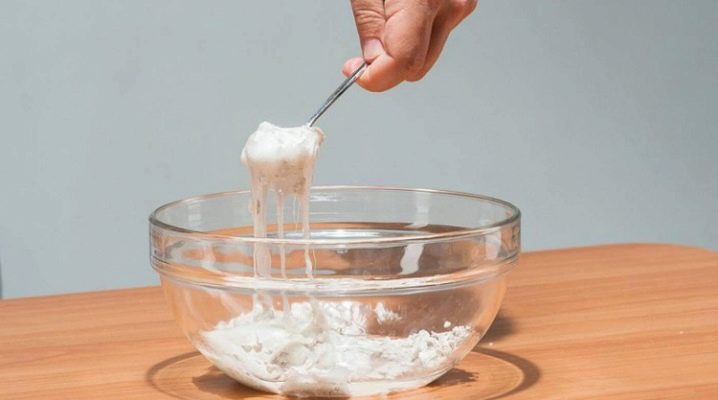
The desire to know how to dissolve polystyrene quite often arises from home craftsmen. Such liquid mixtures have a very specific application: they can play the role of varnish or glue in the construction and repair industry.
Most often, gasoline or acetone is used as a solvent at home, which makes it possible to change the solid fraction of the material to a liquid, fluid one for a short time.


Why dissolve?
Dissolved in chemical liquids, the foam is converted into a kind of glue based on polyurethane foam. Such compositions are quite successfully used where it is necessary to create a rigid, inseparable connection or coating. The mass obtained by dissolving the foam has a limited application period - usually no more than 15 minutes. The scope of its use is also quite narrow.
- Cover the concrete floor or balcony slab. Also, the solution is suitable for waterproofing the basement.
- Repair the roof. The mortar is suitable for embedding slate or tiles.
- Process the joints and edges of fiberboard, chipboard and other chipboards.
- Glue skirting boards, furniture or interior items.
- Fasten the extruded polystyrene foam when insulating walls, floors, ceilings with it.
In fact, a solution of polystyrene is simply replacing classic carpentry or construction adhesives. At the same time, only organic substances are suitable for working with raw materials. It is these types of solvents that help transform solid sheets or extrusion into a flowable composition suitable for construction work.
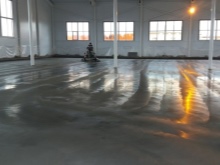

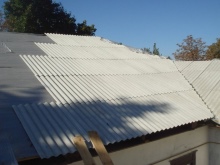
Gasoline use
The most accessible substance in which foam can be dissolved is gasoline.... At home, it is often used to degrease surfaces, and motorists in the garage always have a fuel canister in stock. The organic solvent must be clean and free from oil. It will be possible to make a solution from almost any raw material: from packaging to household appliances to building insulation boards.
The most effective is the coating properties of granular or non-pressed foam: easily crumbling, granular. It is important that the material does not contain flame retardants and other potentially hazardous additives. If the material has a specific foreign smell, it will not be suitable for preparing a solution. Gasoline for dissolution must also meet certain requirements. Options with additives or increased concentration of fuel alcohol will not work.
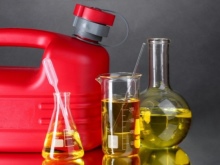
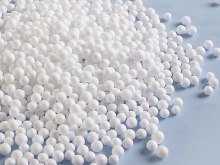

There are 2 main ways to work with organic solvents: local and classical. The following algorithm of actions is usually used.
- Preparation of containers. It should be clean, dry, and large enough for the given amount of glue.
- Filling with gasoline. Its volume is taken based on the required amount of adhesive mass.
- Adding foam. Its quantity should be 3 times the volume of gasoline. If the raw material is initially presented in pieces, it is divided into individual granules.
- Mixing ingredients. This must be done carefully, as volatile substances can be released during the process. Additional components are added, if necessary, to obtain a given volume of product for the job.

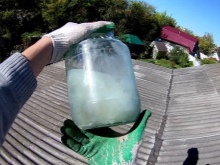

Stirring the sticky mass continues until it acquires a homogeneous consistency, reminiscent of jelly in density. It is necessary to use the resulting composition immediately, without delay. The set and application of the mass is done with a brush. At the end of the process, the glue line looks like a transparent vitreous substance.
It is important to take into account that the chemical reaction that occurs when gasoline is combined with foam is quite violent. The container must have high sides so that the liquid does not spill out. The bubbling jelly-like mass is highly flammable. Moreover, it will not work to change the consistency of the solution - having reached certain indicators, the mixture will retain them. At this stage it will be pointless to add gasoline.
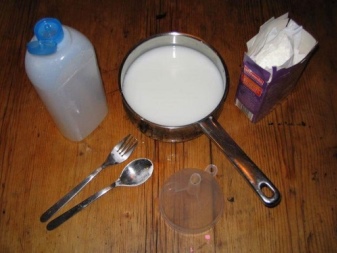
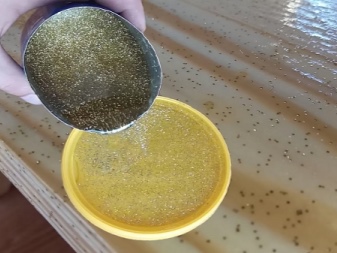
It is also possible to form solutions using dry foam. In this case, work is carried out locally - within the framework of minor household repairs, sealing cracks. The main task of the master is to tamp dry granules tightly into the hole, and then moisten them with gasoline. The melting mass, when softened, is distributed over the surface of the repaired area. At the same time, the level of sealing is quite high; you can use the method for repairing roofing felt sheets, slate and tiles. Regardless of the method of application, complete drying of the resulting glue takes quite a long time. This usually takes 36-48 hours.
Much depends on the thickness of the adhesive layer. The larger it is, the longer the hardening process will take.
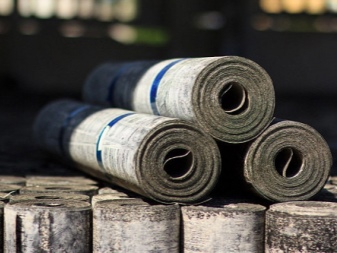

How to use acetone?
Not every substance dissolves foam equally well. When working over a large area, the mixture should be runny and not thick. The best choice in this case is acetone - a universal base option for such a solution. The use of this substance instead of gasoline makes it possible to improve the performance of the composition. The mixture turns out to be fluid, well suited for distribution over the surface as a protective or waterproofing compound.
It is better to make the choice in favor of pure technical fluids. In this case, before mixing with foam, acetone is combined with nitro-lacquer. Next, you have to act as described below.
- 1/10 part of a mixture of solvent with nitro varnish poured into a bowl.
- Foam is added to the liquid substance. Its volume should be 3 times the amount of the rest of the ingredients.
- The composition is mixed until complete dissolution. After that, you can gradually add other ingredients to the liquid. Having received a given volume, the mixture is allowed to brew so that the gas bubbles come out completely.
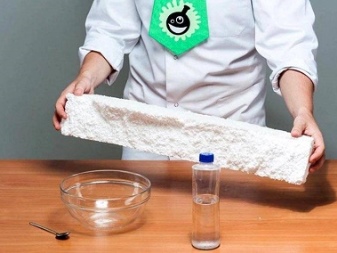
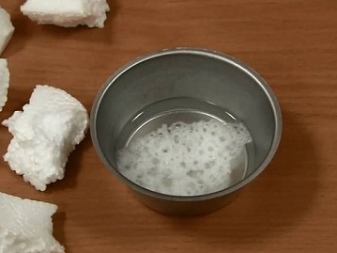
The prepared foam solution can be used as directed. Since it is more fluid, the mixture is suitable for spreading over large surfaces. This is the optimal solution for the preparation of waterproofing mixtures and mortars when processing concrete walls and foundations. You can apply this recipe when filling small defects in the roof, repairing fence sheet materials.
When working with porous surfaces, the glue is prepared and applied in layers. Here it works as an impregnation. Accordingly, you have to wait until the mixture penetrates into the pores of the base. Only after that the 2nd layer is applied.
The features of the preparation of solutions from foam and acetone include a higher evaporation rate of the substance. This activates the drying process. But you still have to wait at least 24 hours for the polyurethane foam layer to completely harden.
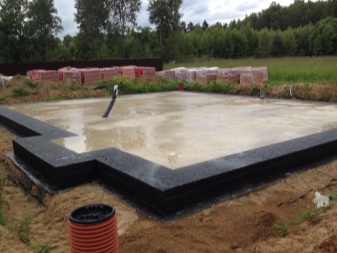
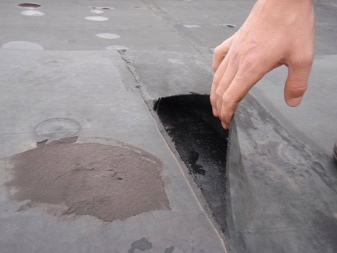
Precautionary measures
The basic safety rules when working with polystyrene and organic solvents are the careful, careful preparation of materials and components. The container for mixing the solution must be metal, resistant to external influences. Any manipulation with chemicals must be carried out with gloves, it is necessary to thoroughly ventilate the room or use sources of forced ventilation.
Polyfoam is an initially flammable material that poses a high hazard during work... It is highly flammable even in solid form, and when the substance is converted, volatile vapors are released, which can also easily flare up. That is why in the room where the work with solvents is carried out, there must be a window for the flow of fresh air or a special fume hood.
Do not light matches next to the liquefied foam, use other sources of open fire, or heat the mixture.















The comment was sent successfully.